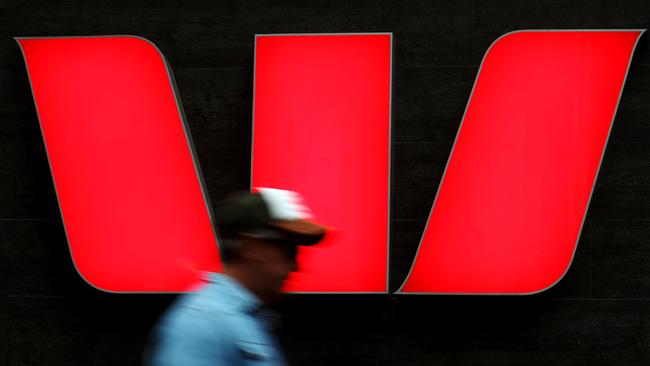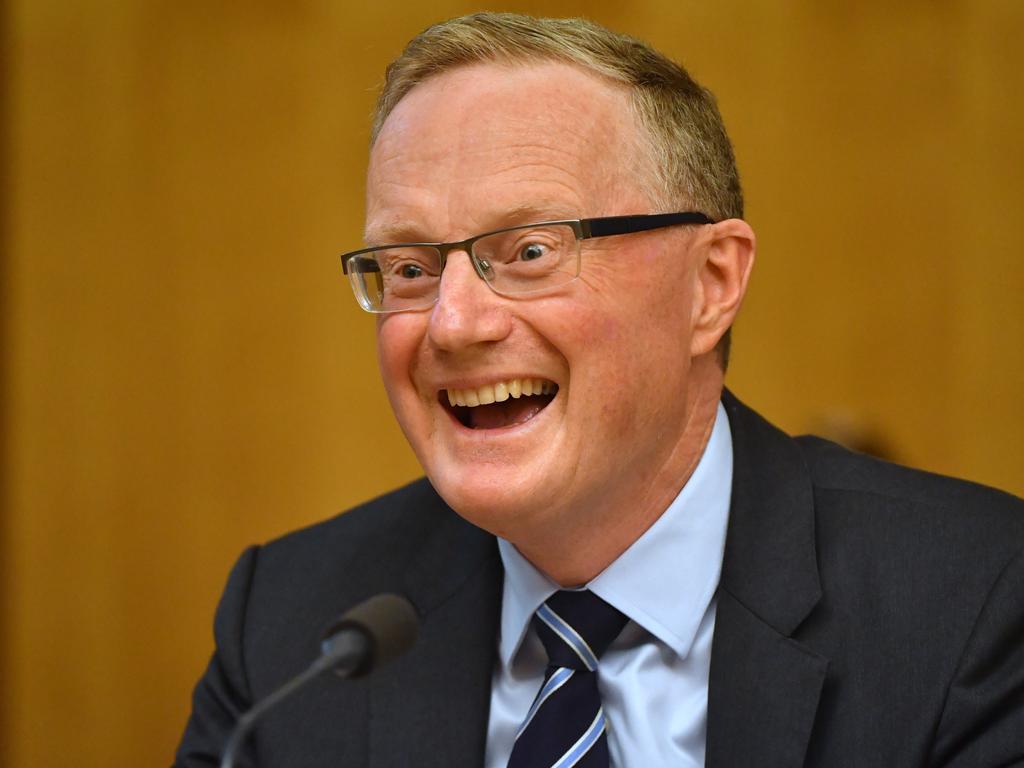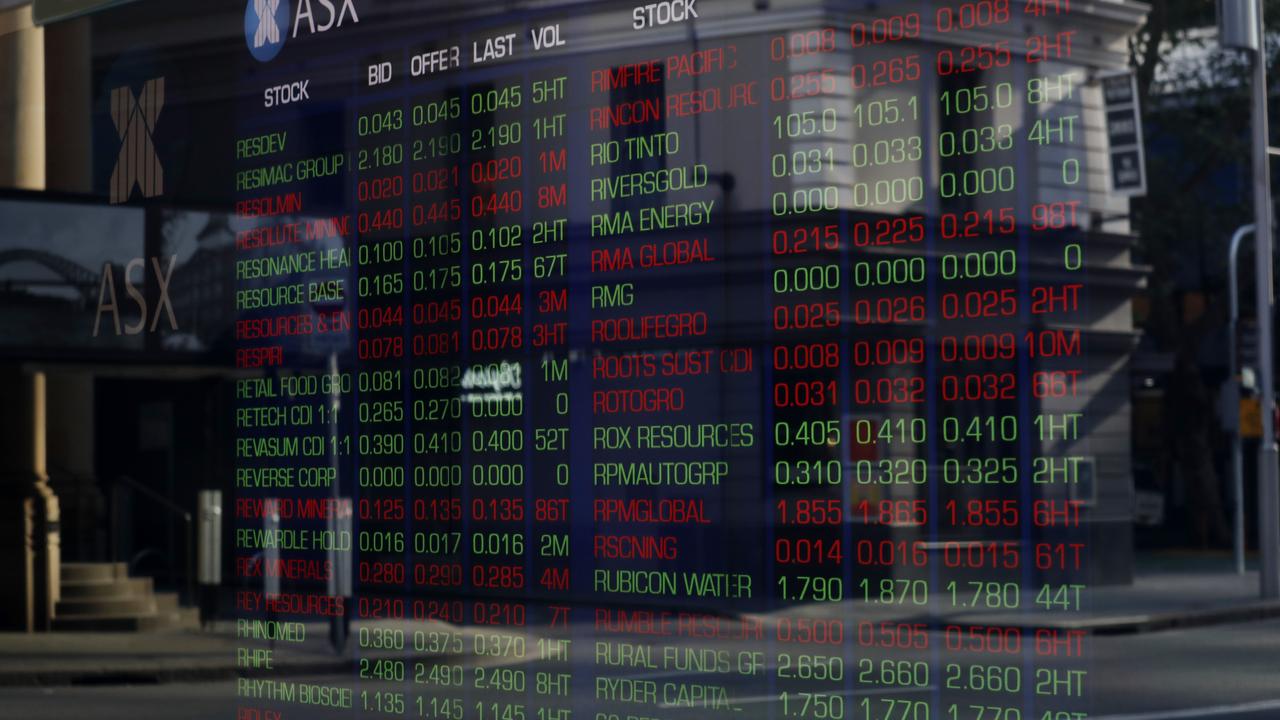Consumer confidence remains weak: Westpac
Australian consumer confidence has bounced to a three-month high but is still ‘firmly in pessimistic territory’.

Australian consumer confidence has bounced to a three-month high but remains well below average.
The Westpac-Melbourne Institute Index of Consumer Sentiment rose 2.3 per cent to 95.5 points in February.
“Despite the modest improvement this month, sentiment remains weak overall,” said Westpac senior economist Matthew Hassan.
“At 95.5, the index remains well below the long run average of 101.4 and firmly in pessimistic territory below 100.”
Mr Hassan added that the downbeat mood has prevailed since mid-2019 and coincided with a marked slowdown in consumer demand that looks to have carried into early 2020, although the bushfire crisis and coronavirus outbreak in China have not caused a further fall.
“On the positive side, the survey week saw extensive rain in bushfire-affected regions with several large fires declared contained,” Mr Hassan noted. “The week also saw a confident tone from the Reserve Bank, with a range of commentary emphasising the bank’s positive medium term outlook for the Australian economy.
“Notably, consumer sentiment readings showed a clear improvement over the course of the survey week.”
Westpac’s Mr Hassan added that while it was “surprising” that the escalating coronavirus outbreak looks to have had only a limited effect on consumer sentiment, that’s similar to the experience during the SARS outbreak in 2003, which had little or no impact on sentiment in Australia, although it had a material impact on confidence elsewhere, and China in particular.
He said a “fairly muted response from financial markets may also have dampened the sentiment impact locally”.
The S&P/ASX 200 was down only 0.6 per cent since the previous survey in January.
“That said, the full impact of the outbreak is yet to be felt locally and we may see more of a drag on sentiment in the months ahead, particularly as the hit to sectors such as tourism and education start to come through,” Mr Hassan said.
The component detail this month showed the gain came from a recovery in expectations for the economy and in attitudes towards major purchases, partially offset by a fall in assessments of family finances.
The “economy, next 12 months” subindex rose 5.4 per cent in February and the “economy, next five years’ subindex rose 4.3”, both partially reversing sharp falls in the previous two months, albeit still 1-2 per cent below their November levels.
Assessments of family finances were less promising, with the “finances vs a year ago” subindex down 1 per cent in February to be back near recent lows while the “finances, next 12 months” subindex was essentially unchanged in the month but down sharply since mid-2019. Both subindexes remain well below their long run averages despite several interest rate cuts, significant tax relief and a turnaround in housing markets – a pattern that points to other powerful headwinds bearing down on household finances.
Responses to an additional question on interest rate expectations showed fewer consumers expect more rate cuts in 2020.
Attitudes towards major purchases improved slightly, with the “time to buy a major household item” subindex up 2.7 per cent.
But at 116.4 points, this subindex was well below its long run average of 127, suggesting consumers will continue to keep a tight rein on discretionary spending, according to Mr Hassan.
Labour market concerns showed little change, with the Westpac-Melbourne Institute unemployment expectations index rising 0.6 per cent to 134.7 in February, suggesting more consumers expect unemployment to rise in the year ahead.
Housing-related sentiment was mixed as buyer sentiment deteriorated but price expectations rose after recording another very strong gain last month. The “time to buy a dwelling” index fell 5.6 per cent, unwinding a similar-sized gain last month to be back near recent lows.
“The monthly pull-back was broadly based, suggesting it may reflect some shift in expectations around interest rates,” Mr Hassan said.
“We continue to have a more downbeat view on Australia’s economic prospects for 2020 with growth expected to be around 2 per cent rather than the RBA’s expectation of 2.75 per cent,” he said. “As such, we see a combination of weak economic growth and deteriorating labour market conditions drawing a further policy response from the bank.”
“However, the RBA’s surprisingly confident forecasts, as well as likely near-term volatility associated with temporary shocks, casts doubt over how quickly they will respond.”







